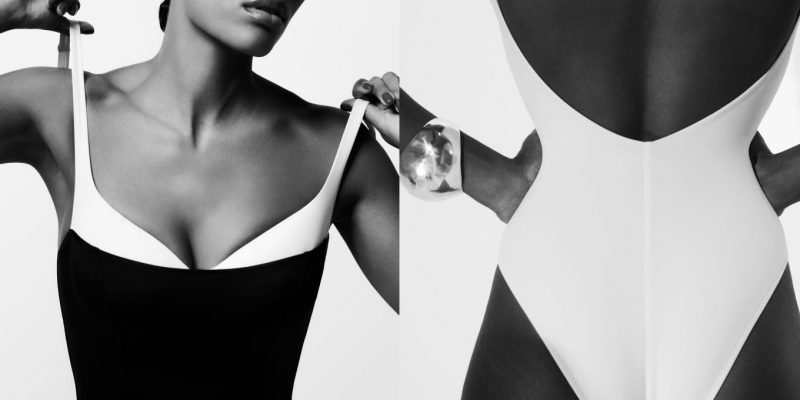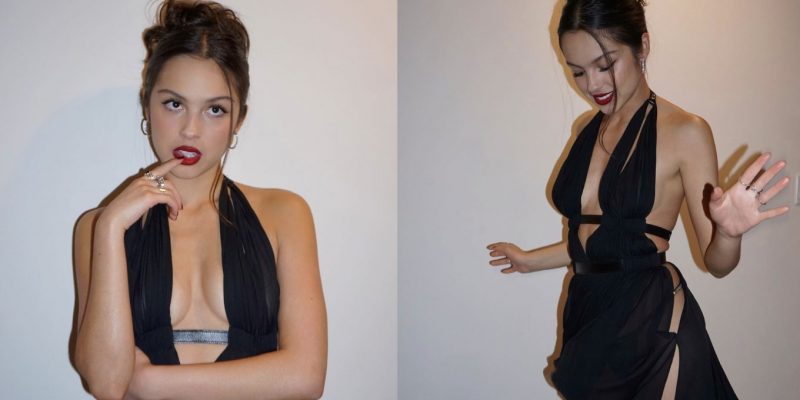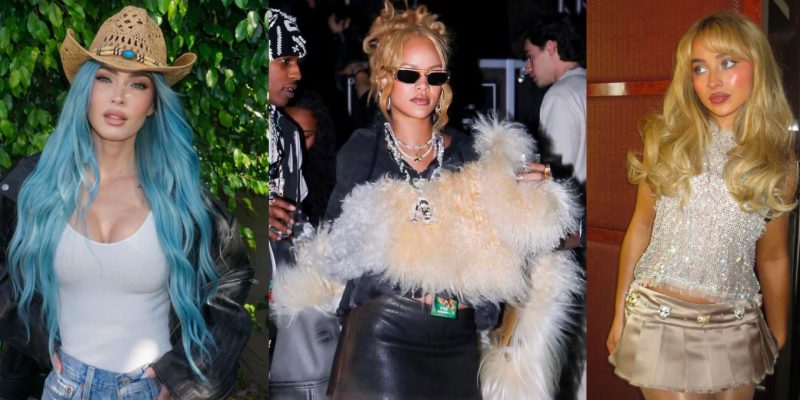Trends
An Ode to the Powerfully Androgynous Oversized Pointed Collar
Turning point.
by : Randi Bergman- Sep 19th, 2023

PHOTOGRAPHY, LAUNCHMETRICS SPOTLIGHT
In those legendary scenes of John Travolta dominating the lit-up dance floor in Saturday Night Fever, there’s so much to take in. The swagger, that calf strength, a young Fran Drescher standing in the background in a roller-curled bouffant—downright visual feasts of 1970s glory. The detail I always zero in on, though, is his larger-than-life pointed shirt collars—sometimes layered over a wide-lapel jacket, other times worn alone, but always with a few buttons undone to show some chest hair and a gold cross necklace. Like Travolta’s character, Tony Manero, the exaggerated collar represented a gritty sexuality that balanced the magical quality of his moves.
Over the years, the pointed collar has symbolized many things. In Old Hollywood movies, stars like Clark Gable and Errol Flynn wore it wide, shirt unbuttoned, and often with a cravat and a leisure suit for a relaxed, after hours (but still impeccable) fit. Elvis wore some version of it throughout his career while he oscillated between sexy rebel and over-the-top peacock. During its ’70s reign, the oversized collar would ornament the chests of legendary Lotharios like Jack Nicholson and Tom Jones—the wider the collar, the bigger the…you know, it seemed to suggest.
Post-’70s, a man in a wide collar was someone willfully out of touch and maybe a little bit sketchy. (Think the hapless Cousin Eddie in National Lampoon’s Christmas Vacation.) A woman in one, however, meant business. In the late 1970s and early 1980s, alongside puffed-up shoulder pads and the rest of the power suit, big collars were an androgynous antidote to hyper-feminine dressing in the workplace. Designers like Claude Montana and Thierry Mugler reigned supreme, creating the successors to Yves Saint Laurent’s revolutionary Le Smoking suit with padded shoulders, nipped waists and super-wide collars or lapels. The look was epitomized in one of the latter decade’s defining films, Working Girl, in which a plucky Tess McGill (played by a young Melanie Griffith) usurps her toxic boss while transforming from a Staten Island townie into a confident, sexually satisfied Manhattanite who climbs the corporate ladder in shoulder pads, swathes of silk and progressively widening collars.
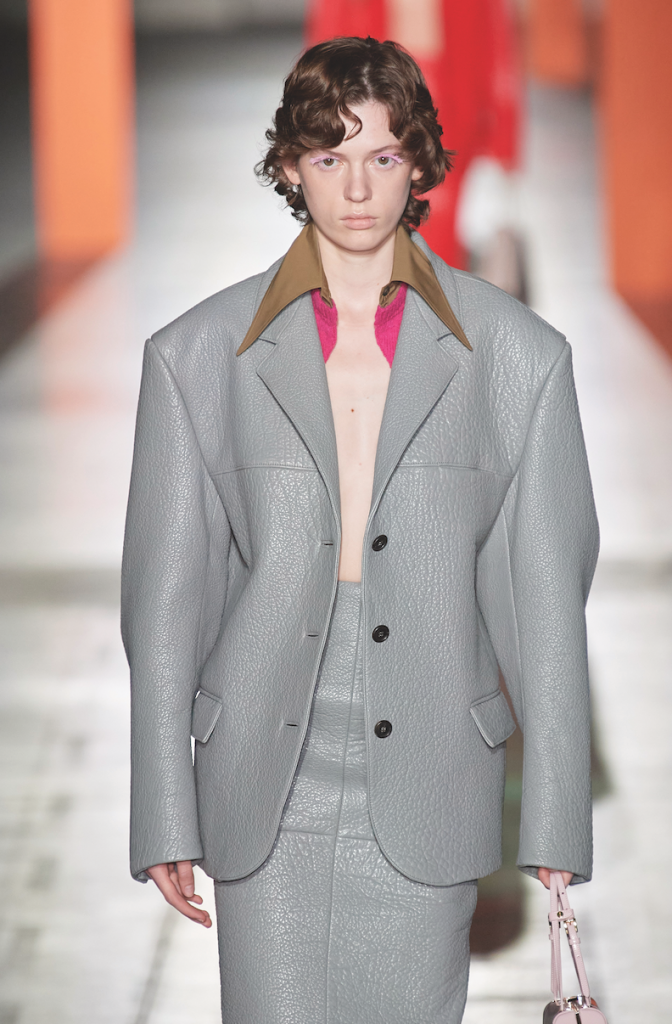 PHOTOGRAPHY, LAUNCHMETRICS SPOTLIGHT
PHOTOGRAPHY, LAUNCHMETRICS SPOTLIGHTWhen exaggerated collars cropped up on the fall/winter 2023/2024 runways, it felt like a send-up of power dressing for the working girls of today. And while jumbo collars of the lacy variety have been trending for the past few seasons as part of the cottagecore craze (think Ganni’s über-popular frilly detachable ones), there is something decidedly unsexy—even puritanical—about them. In contrast, a long, pointed collar suggests an element of insouciance. It flops to one side without a care for what the other side is doing. Much like Tess or Tony, the pointed collar changes things from the inside. At Prada’s women’s show, extra long detachable dickie-style collars were fastened into vibrantly hued jackets and cardigans and worn alongside modern takes on the power suit: relaxed-fit blazers, cropped tailored trousers and cocoon-backed coats. Fittingly, the collars were carried over from the men’s show, where bare-chested models recalled the lounge lizards of the freewheeling past but were refined for a new era. In both collections, designers Miuccia Prada and Raf Simons referenced the idea of the uniform—both as a foundational starting point for tailoring and design and as an ode to the proletariat of today.
Proenza Schouler opened its show with actor Chloë Sevigny sporting a super-wide-collared white shirt underneath a boxy black blazer along with a leather skirt and slouchy leather boots, as if to straddle the serious and sexy divide. Designers Jack McCollough and Lazaro Hernandez spoke of the woman at the heart of their 20-year-old brand: “She is an adult, a professional; she is engaged with the world at large.” Essentially, a Tess McGill redux. Elsewhere, the exaggerated collar appeared everywhere from Bottega Veneta—double-layered underneath a boxy corseted coat dress—to Alexander McQueen, where interpretations of Le Smoking felt deeply rooted in the brand’s tailoring heritage. All this to say that the pointed wide collar contains multitudes. It screams “Don’t fuck with me, fellas” but also suggests extreme, maximalist pleasure. It’s powerful and powerfully androgynous at that.
Another iconic Travolta scene is when he dances the twist as Mafioso Vincent Vega alongside eternally chic Uma Thurman as Mia Wallace in Pulp Fiction. Who could forget Mia’s oversized white button-down—complete with wide collar—cropped trousers, Chanel flats and striking bob. For a brief moment while the two dance, it’s like the transference of sex appeal and confidence from one master of the wide collar to another.
Newsletter
Join our mailing list for the latest and biggest in fashion trends, beauty, culture and celebrity.
Read Next

Culture
Introducing 2024’s Most Innovative Products, Voted on By Canadians
*Adds to cart*
by : ELLE Canada- May 1st, 2024

Fashion
5 Summer Wedding Guest Outfits We’re In Love With
From country western cool to beachy barefoot elegance, you'll be dressed to the nines all season long.
by : Alison McGill- May 1st, 2024
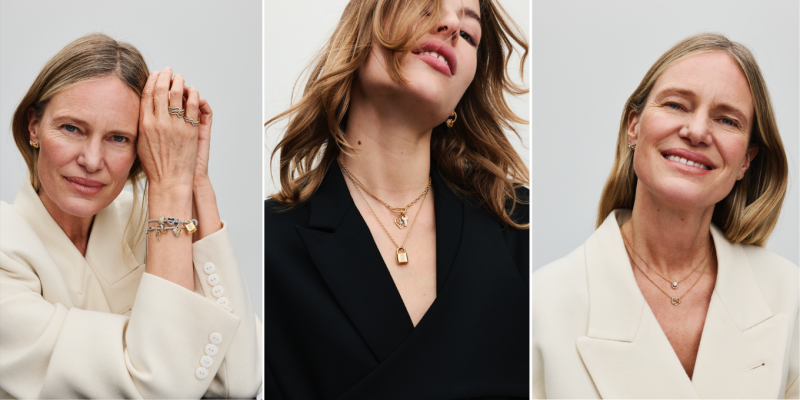
Fashion
8 Sparkling Jewellery Gifts to Give This Mother’s Day
Show your gratitude with pieces they’ll have forever and ever.
by : ELLE Canada- Apr 29th, 2024


